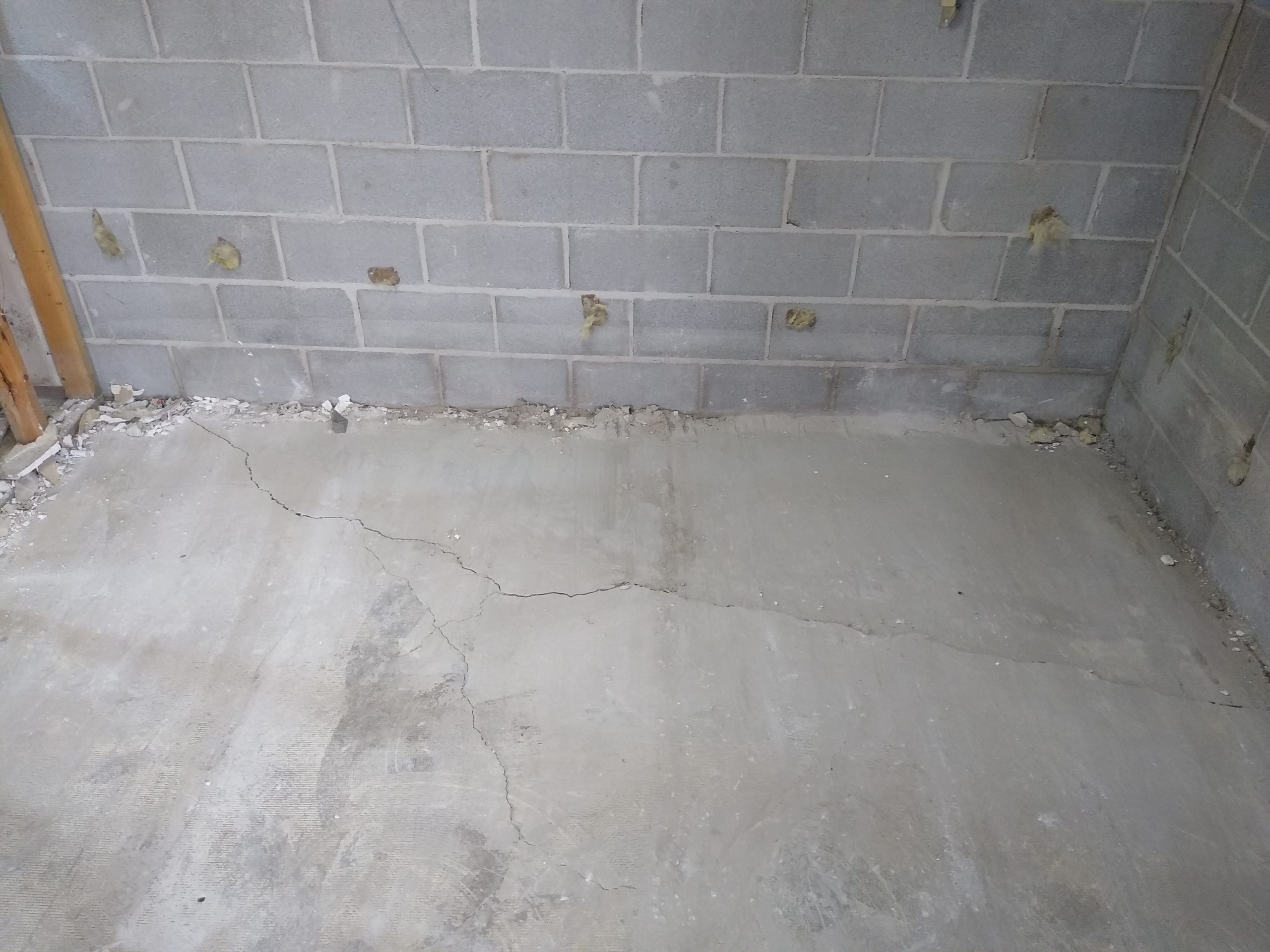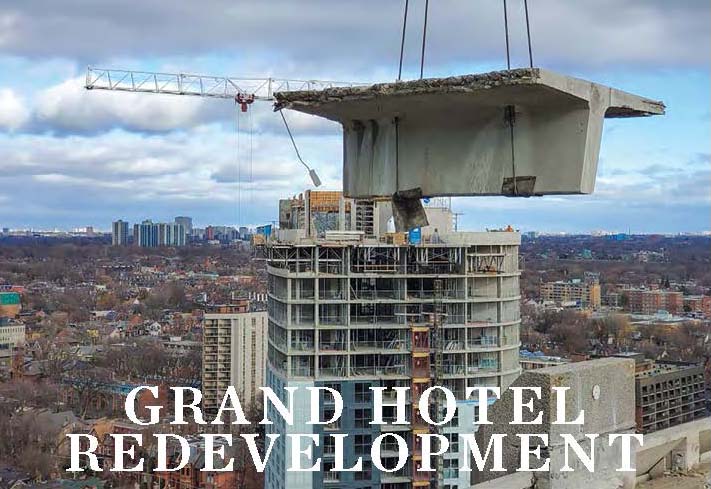
Luxury Hotel Construction Moves Forward on Time Thanks to GPR

CSDA Contractor Locates Vital Embedments in 20-Story Building
Tampa, Florida’s downtown waterfront district is undergoing a renaissance. Water Street in the Channel District is the epicenter of this transformation, which, when completed, will be a mixed-use neighborhood of hotels, office buildings, shops, entertainment, educational spaces, cultural attractions and homes.

In April of 2018, contractors broke ground on the luxury JW Marriott Tampa Water Street Hotel, adjacent to the Tampa Convention Center and Amalie Arena, home of the NHL’s Tampa Bay Lightning. Scheduled to open in late 2020, the luxury Marriott hotel will feature 519 guest rooms and suites, and 42 event rooms boasting more than 71,000 square feet of event space. Tampa’s waterfront development is one of the largest real estate developments in the U.S.
No massive construction project is without its hiccups, and this hotel is no exception. During the initial construction, a combination of incorrect concrete pours and mislabeled plans caused many openings to be covered, requiring new ones to be drilled. Electrical contractor ION Electric and plumbing contractor BCH Mechanical needed areas chipped out of the post-tensioned concrete slabs for conduit runs and floor boxes an inch and a half under the slab.
In June of 2019, CSDA member Capmen LLC began using Ground Penetrating Radar (GPR) to scan the nine-inch concrete slabs of the 20-floor structure and identify post tension cables, temporary power lines, and electrical conduits buried in the concrete. GPR was essential to ensure that any new holes drilled in the slabs would not hit post-tension cables, electrical lines or other materials.

Two Capmen GPR technicians used Hilti PS 1000 X-scan concrete scanners to investigate the site. They scanned the designated areas, and once it was determined that no post-tension cables or conduit would be hit, they were given permission from the general contractor to chip out the required holes in the concrete. At times, plans for chipping holes were changed when embedded materials other than the rebar were discovered. When chipping holes, Capmen used dustless chipping hammers to create four- to six-inch openings for three- to five-inch pipe and grinders to cut and remove the rebar.
When their GPR scans showed a clear path in the slab, Capmen core drilled openings to speed up the process with a Hilti DD250 heavy duty core drilling rig with a vacuum base and water management system. Dewalt dustless five-inch plunge cut grinders were used to cut rebar, and Hilti TE-3C rotary hammers, Hilti TE-1000 demolition hammers and vacuums were used where necessary to break through the slabs. Capmen technicians determined there was the potential to drill ten to fifteen cores a day, but there were safety concerns of accidentally drilling through post-tension cables, so initially chipping out was the preferred method of the general contractor. Due to Capmen’s success at safely chipping out holes without disturbing post tension or temporary power lines, they were able to begin core drilling the plumbing openings, which significantly sped up the process and helped meet construction deadlines.

Quinn Ausburn of Capmen LLC says they were awarded the job because of the “honesty and integrity of our work.” They had performed many jobs for one of the subcontractors on the Marriott site who awarded them the opportunity to work with two other subcontractors firestopping the bus duct risers and backfilling chipped out areas.
The biggest challenge? Staying within the standard for the OSHA silica rule (1926.1153). It’s a big challenge to keep the indoor work areas dustless and work within the time constraints while wearing respirators.
“I am very pleased with the level at which my guys performed and stayed within the standard of OSHA silica dust exposure,” said Ausburn, “as well as the drive and initiative they implemented to perform the work to the satisfaction of all contractors we’re working for.”
The construction of the JW Marriott Tampa Water Street Hotel is still underway, and when complete, it will be a luxury destination for the 50-acre Water Street district and enhance Tampa’s ongoing renaissance, thanks to the innovation and ingenuity of a CSDA contractor.
Company Profile
Capmen LLC of Tampa, FL has been in business since 2015. They are experts in GPR scanning, saw cutting and removal ofand repouring concrete. Capmen is a Core Drilling and Fire Stop specialty contractor (Hilti accredited). They have been members of CSDA since April 2019.














